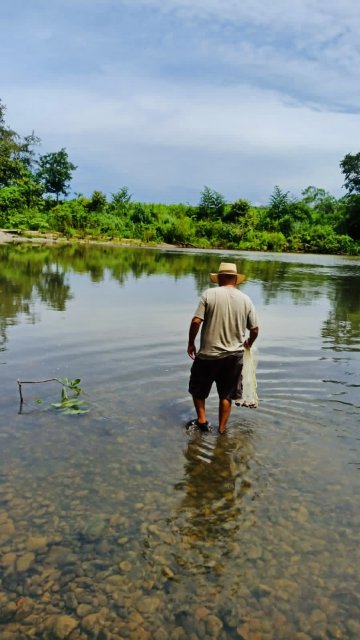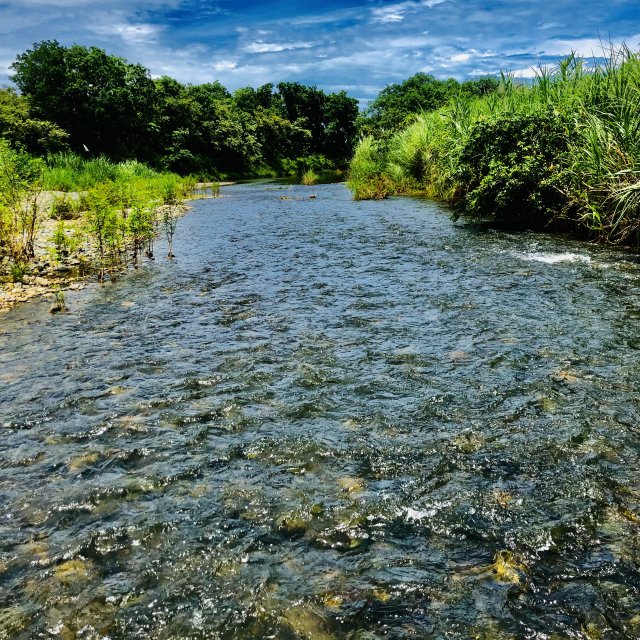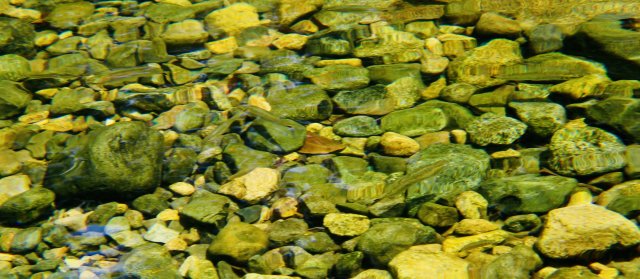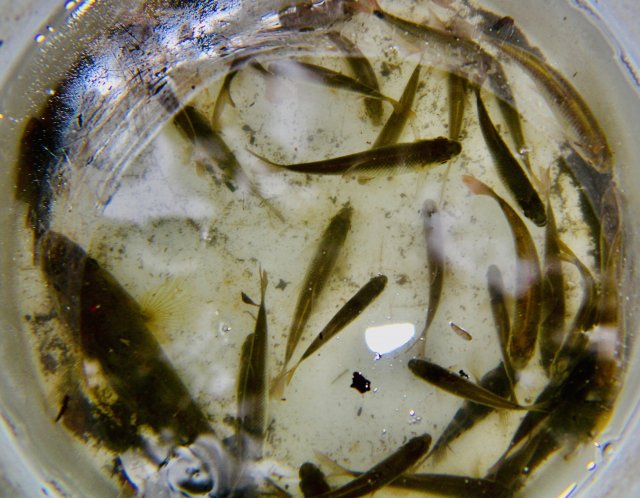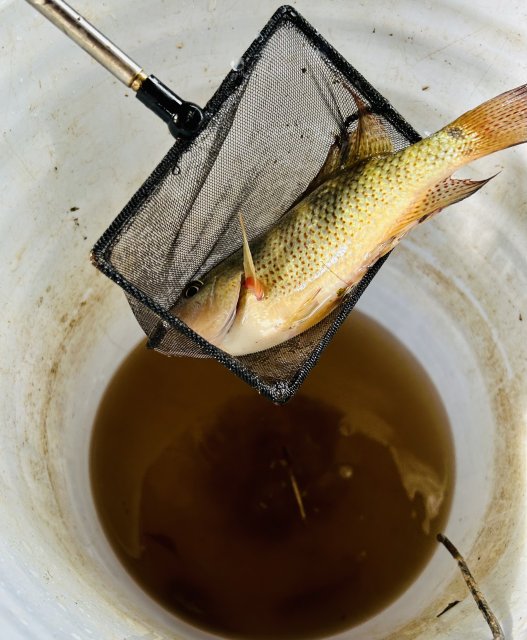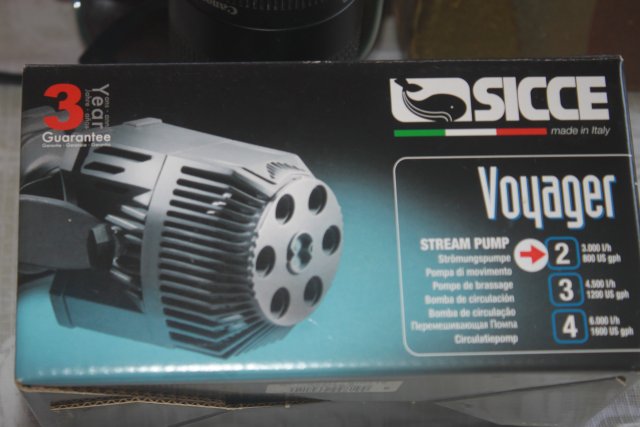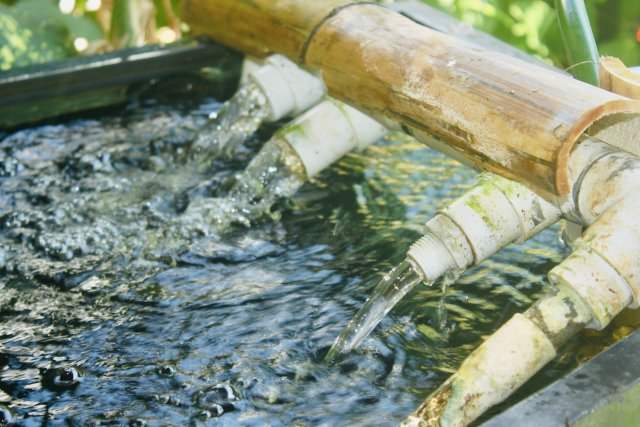Let's start with water. Most water in Central America is hard, high pH and mineral rich.
In Amazonia water is generally much softer, lower in pH, and mineral poor, because the Amazon rainforest sucks up all the mineral,s and nutrients almost immediately. A pH of 7.1 (common in S America), is 100 times more acidic, than an 8.1 common Central America. (each 10th lower or higher on the pH scale, represents 10 times)
So how does this affect the fish? you may ask.
Cichlids in S America have evolved to resist bacteria, common in soft low pH water, not the kind of bacteria Central Americans have evolved to resist over millennia.
One thing that is common, is that both the water in Central and South America, has non detectable nitrate concentrations, so give either continental cichlids elevated nitrate, along with an out of range pH, and stress is the result, and often leads to chronic disease.
I collect cichlids in Central America, and test for pH and nitrate in whatever river I collect.
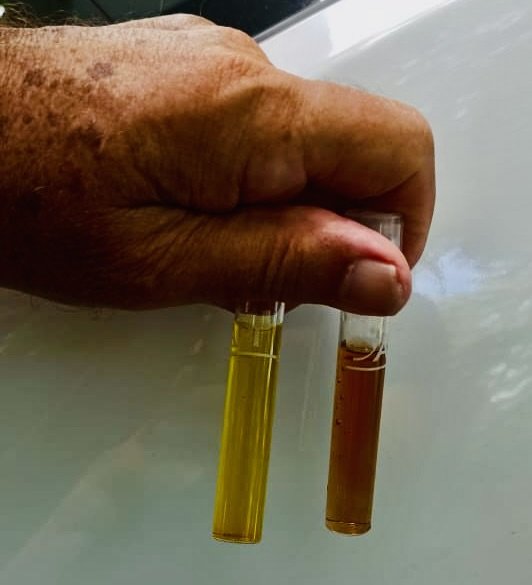
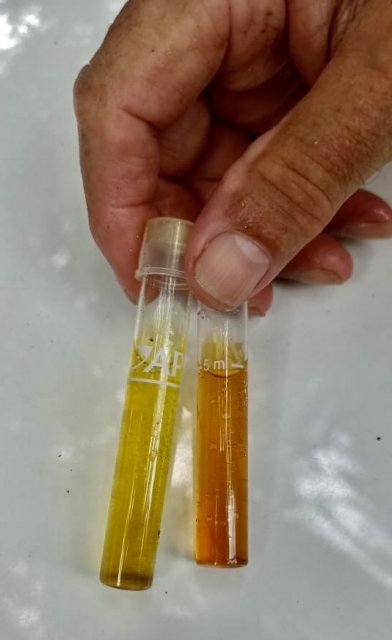
Although pH in Panama may range from 8.2 (left) in some rivers, it may drop to 7.8 in others, as you can see the left tube in both shots, nitrate remains undetectable.
Flow may change, but the cichlids that inhabit a river may be species specific.
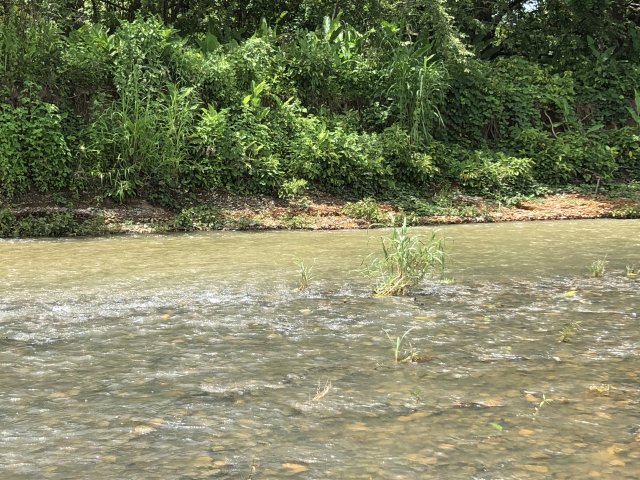
In the fast flowing river above, I catch totally different species than in the river below, even though they are not that far apart
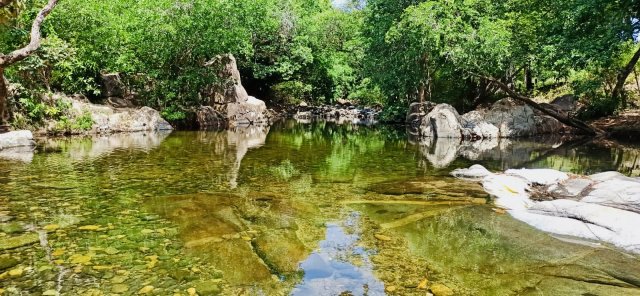
As far as aggression goes, in Amazonia, cichlids come from communities of many various species, so aggression is often tempered.
in much of Central America there are only 1 or 2 species that inhabit a large stretch of geography, which seems to intensify aggression.
But.... in South America, in the rivers west of the Andes, there may be only 1 or 2 species present that inhabit a certain system, so aggression in those river systems is also heightened, and similar to Central Americans. Where Mesoheros festae is found it may be the only cichlid species present, or where Andinoacara rivulatis is found, and it may be almost the only cichlid present , and their common monikers reflect that aggressive status,( Red Terror, and Green Terror), this may be why combining the 2 west Andean species, above, with Amazonian types they would never come across in nature. can be problematic.
Another similarity is, the rivers on the west of the Andes are chemically more similar to those of Central America, than they are to Amazonia.








